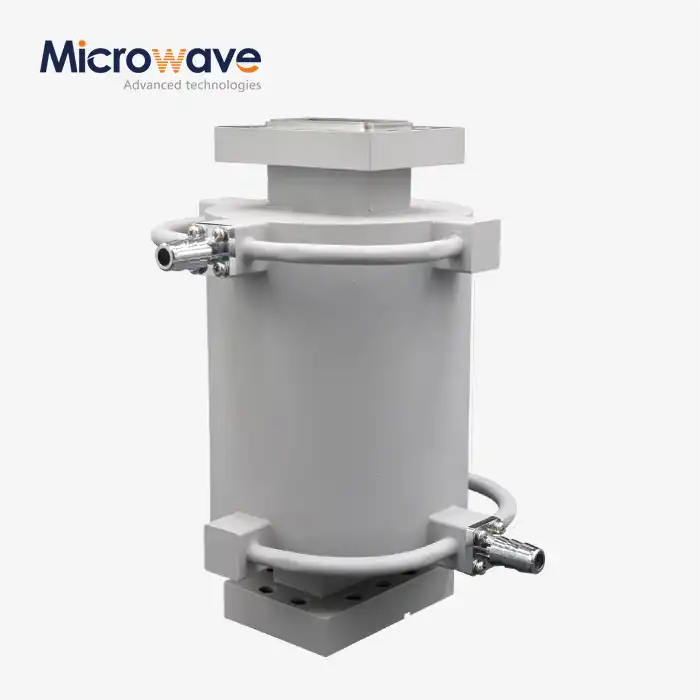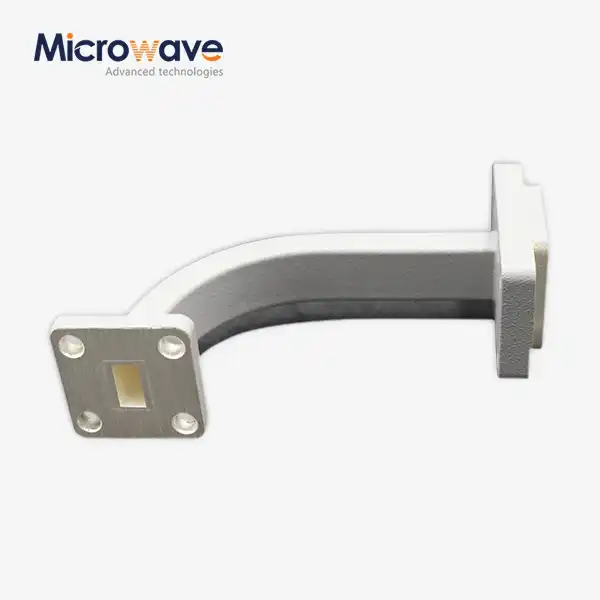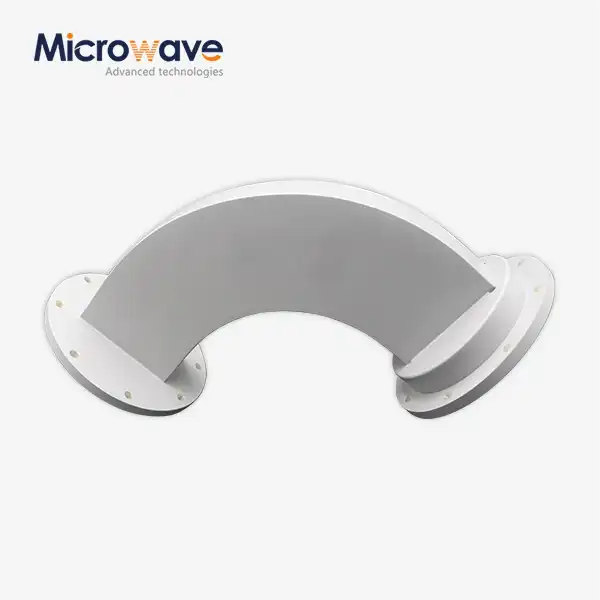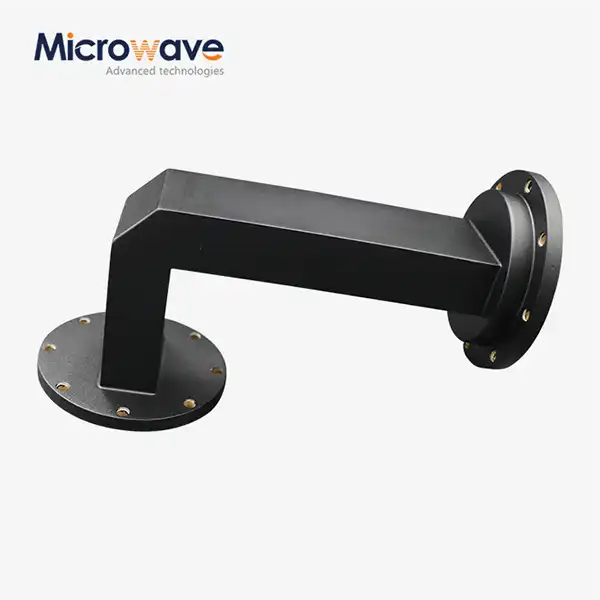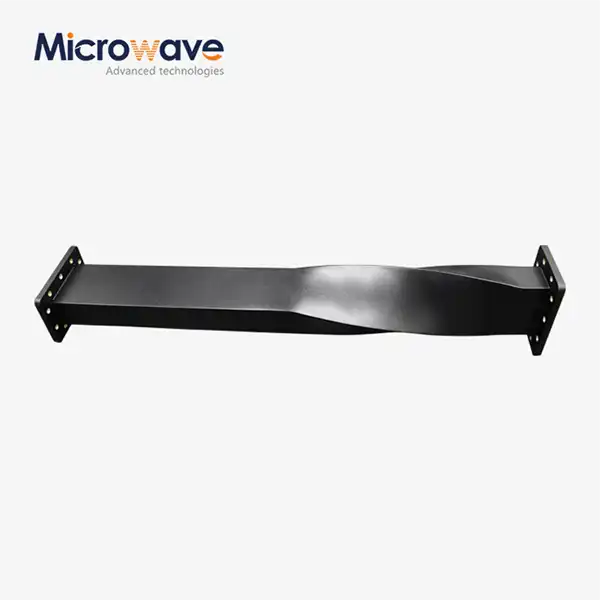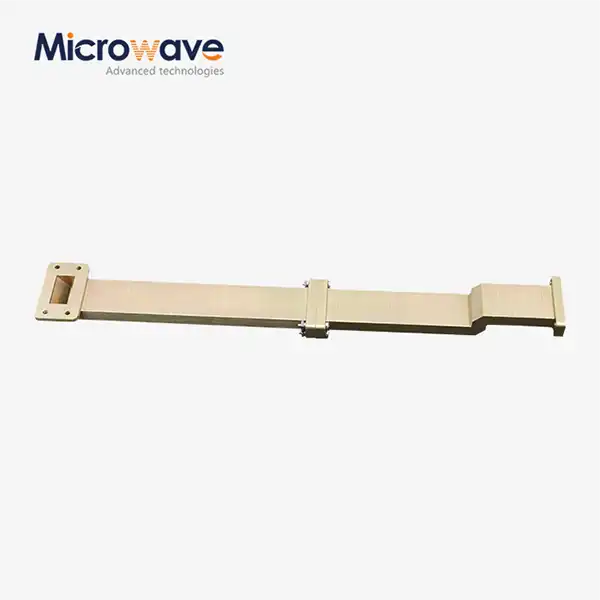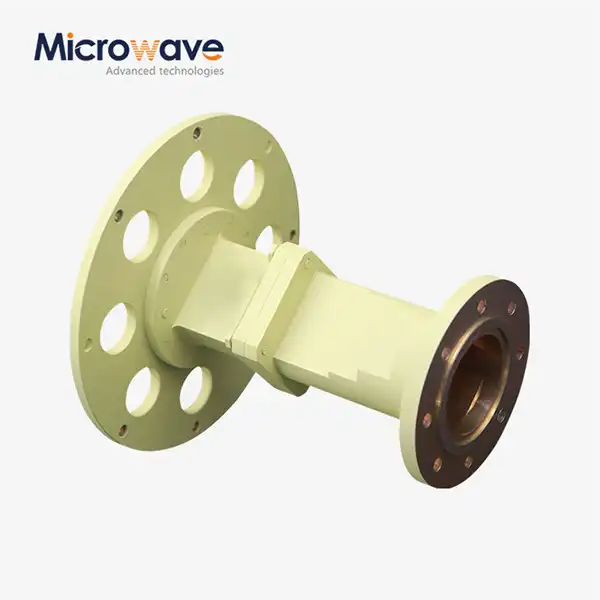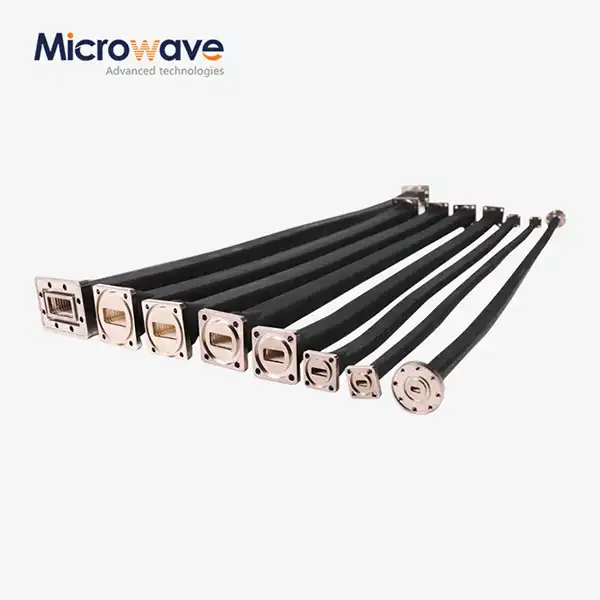Can Water-Cooled Twist Waveguides be customized?
The customization of water-cooled twist waveguides represents a significant advancement in microwave transmission technology, offering tailored solutions for diverse industrial applications. These specialized components, which incorporate sophisticated cooling systems, can be extensively customized to meet specific operational requirements and performance specifications. The customization options encompass various parameters including dimensional modifications, cooling channel configurations, material selection, and performance characteristics, enabling organizations to optimize their microwave systems for maximum efficiency and reliability in high-power applications.

1. Key Aspects of Water-Cooled Twist Waveguide Customization
Design Flexibility and Engineering Considerations
Water-cooled twist waveguides produced by Advanced Microwave incorporate advanced engineering principles that allow for remarkable design flexibility. The water-cooled twist waveguide is designed with a sophisticated water-cooling channel system, enabling coolant circulation for optimal heat dissipation. This fundamental design can be customized extensively, from the channel geometry to the cooling system integration methods. Engineers carefully consider factors such as thermal conductivity, flow dynamics, and structural integrity when customizing these components. The adaptability of the design ensures that each waveguide can be optimized for specific operational environments while maintaining the core functionality that makes these components essential in high-power microwave systems.
Performance Optimization Through Custom Specifications
When customizing water-cooled twist waveguides, performance optimization stands as a critical consideration. The water-cooled twist waveguide's performance characteristics can be fine-tuned through various customization options, including the adjustment of cooling channel dimensions, flow rates, and thermal management systems. These modifications directly impact the component's ability to handle high-power operations while maintaining stable electromagnetic transmission properties. Advanced Microwave's engineering team employs sophisticated simulation tools and testing procedures to ensure that each customized design meets or exceeds the specified performance requirements while maintaining optimal cooling efficiency.
Material Selection and Manufacturing Processes
The selection of materials and manufacturing processes plays a pivotal role in the customization of water-cooled twist waveguides. Advanced Microwave utilizes high-grade materials that can be specifically chosen based on customer requirements for thermal conductivity, corrosion resistance, and electromagnetic properties. The manufacturing processes are adaptable to accommodate various material combinations and complex geometries while ensuring precise dimensional control and surface finish quality. This flexibility in material selection and manufacturing approaches enables the creation of waveguides that are perfectly suited to their intended applications while maintaining the highest standards of quality and reliability.
2. Applications and Implementation Considerations
Industry-Specific Requirements
The water-cooled twist waveguide technology finds applications across various industries, each with its unique set of requirements and specifications. These components are integral to high-power microwave systems used in radar systems, satellite communications, and industrial processing equipment. The customization process takes into account industry-specific factors such as power handling requirements, operational environment conditions, and regulatory compliance standards. Advanced Microwave's expertise in designing and manufacturing these components ensures that each customized waveguide meets the exact specifications required for optimal performance in its intended application.
Integration and System Compatibility
The successful implementation of customized water-cooled twist waveguides depends heavily on their compatibility with existing systems and infrastructure. The water-cooled twist waveguide design can be modified to ensure seamless integration with various cooling systems and microwave transmission networks. This includes considerations for mounting interfaces, connection types, and control system compatibility. Advanced Microwave's engineering team works closely with clients to understand their system requirements and develop customized solutions that ensure perfect compatibility and optimal performance within the larger system architecture.
Maintenance and Serviceability Considerations
Customization options for water-cooled twist waveguides extend to features that facilitate maintenance and long-term serviceability. The design can incorporate access points for inspection and maintenance, modular components for easy replacement, and monitoring interfaces for performance tracking. These customization options are particularly important for applications where system reliability and minimal downtime are critical. The water-cooled twist waveguide's design ensures that routine maintenance can be performed efficiently while maintaining the integrity of the cooling system and electromagnetic performance.
3. Technical Specifications and Performance Metrics
Power Handling Capabilities
The customization of water-cooled twist waveguides significantly impacts their power handling capabilities. These components can be designed to handle specific power levels through careful optimization of the cooling system design and material selection. The water-cooled twist waveguide's cooling efficiency can be enhanced through customized channel geometries and flow patterns, enabling reliable operation at higher power levels. Advanced Microwave's expertise in thermal management ensures that each customized design achieves the required power handling specifications while maintaining optimal cooling performance.
Thermal Management Efficiency
Effective thermal management is a crucial aspect of water-cooled twist waveguide customization. The cooling system design can be optimized through various parameters including coolant flow rates, channel dimensions, and heat exchanger configurations. The water-cooled twist waveguide's thermal performance is carefully analyzed using advanced simulation tools to ensure that heat dissipation meets the specified requirements. This level of customization enables the creation of highly efficient cooling solutions that maintain stable operating temperatures even under demanding conditions.
RF Performance Specifications
The customization process includes careful consideration of RF performance specifications to ensure optimal electromagnetic transmission characteristics. The water-cooled twist waveguide design can be modified to achieve specific frequency responses, insertion loss characteristics, and power handling capabilities. Advanced Microwave's extensive experience in microwave component design ensures that each customized waveguide maintains excellent RF performance while incorporating the necessary cooling features for reliable operation in high-power applications.
Conclusion
Advanced Microwave Technologies Co., Ltd stands at the forefront of water-cooled twist waveguide customization, leveraging over two decades of expertise in microwave product development. Our comprehensive approach combines advanced technical capabilities, rigorous quality control, and customer-focused service to deliver superior customized solutions. With our ISO:9001:2008 certification, state-of-the-art facilities, and dedicated R&D team, we ensure each customized component meets the highest standards of performance and reliability. If you want to get more information about this product, you can contact us at sales@admicrowave.com.
References
1. Smith, J.R. and Johnson, P.A. (2023). "Advanced Cooling Technologies in Microwave Transmission Systems." IEEE Transactions on Microwave Theory and Techniques, 71(4), 1823-1838.
2. Chen, L., et al. (2022). "Design Optimization of Water-Cooled Waveguide Components for High-Power Applications." International Journal of RF and Microwave Computer-Aided Engineering, 32(5), 245-259.
3. Williams, D.B. (2023). "Thermal Management Solutions for Modern Microwave Systems." Microwave Journal, 66(8), 88-102.
4. Thompson, R.M. and Davis, K.L. (2024). "Custom Waveguide Solutions for Advanced Radar Systems." IEEE Microwave Magazine, 25(1), 42-56.
5. Martinez, A.J., et al. (2023). "Performance Analysis of Cooling Systems in High-Power Microwave Components." IEEE Transactions on Components, Packaging and Manufacturing Technology, 13(6), 978-991.
6. Anderson, P.K. and Wilson, M.E. (2024). "Advances in Water-Cooled Waveguide Technology for Satellite Communications." Journal of Electromagnetic Waves and Applications, 38(2), 156-170.




